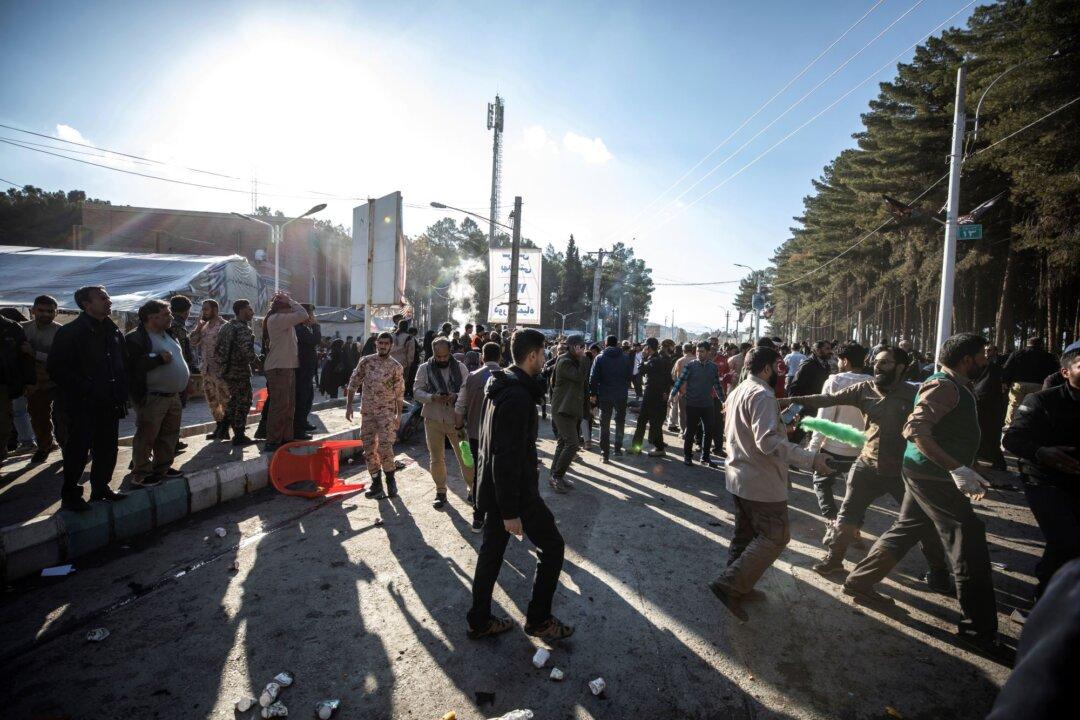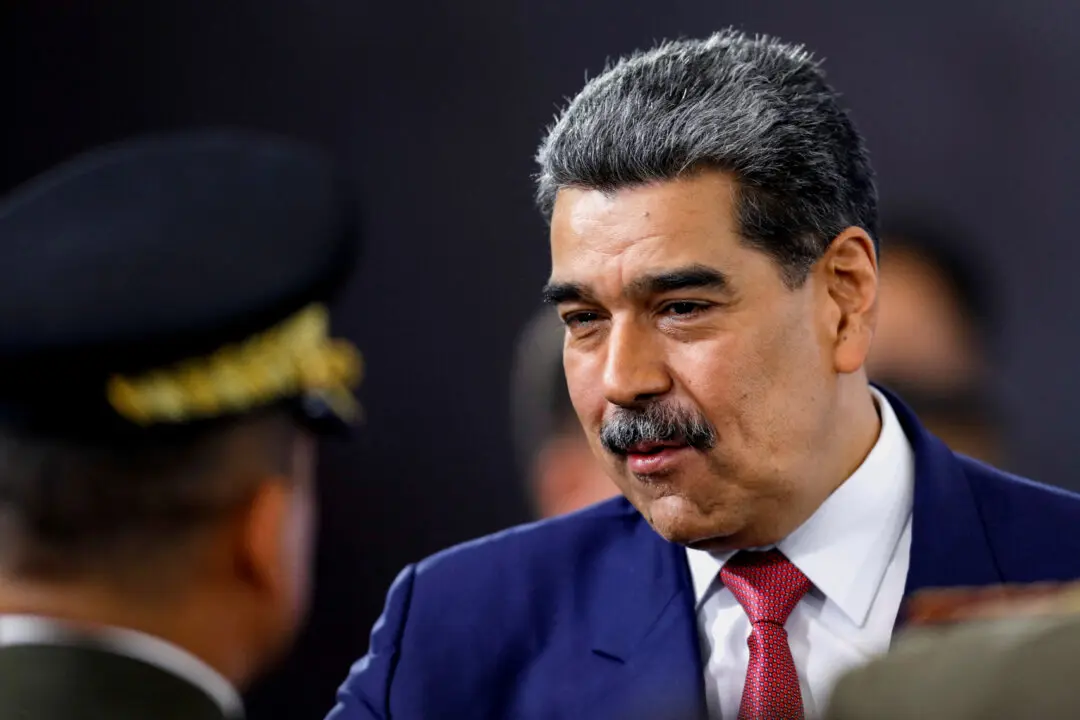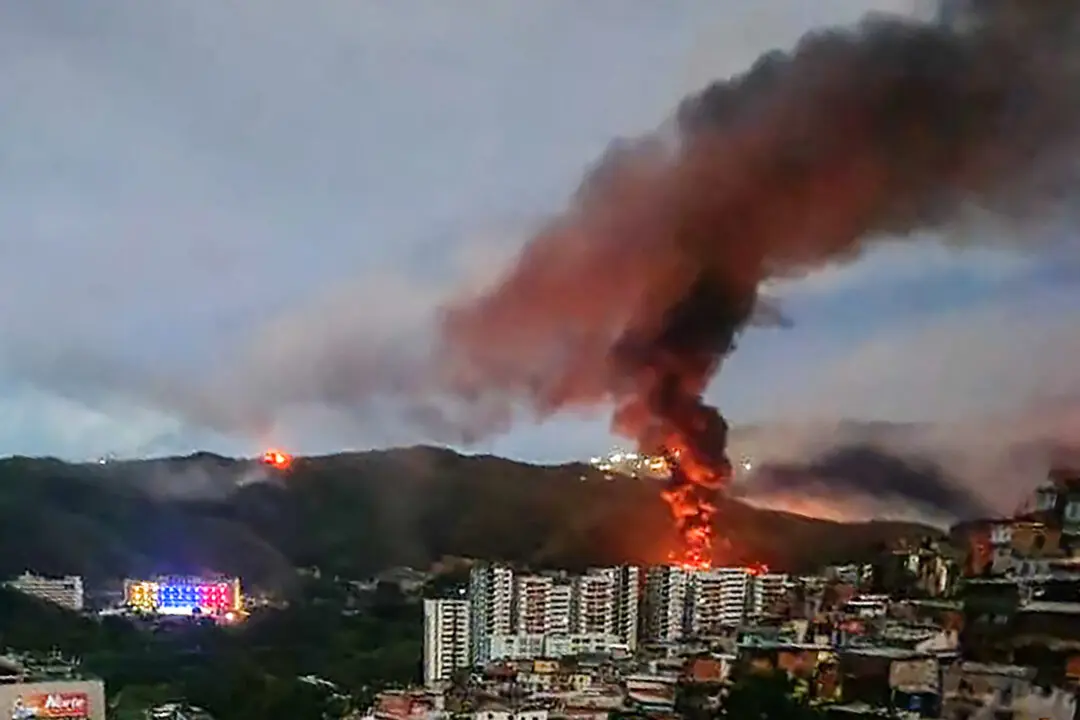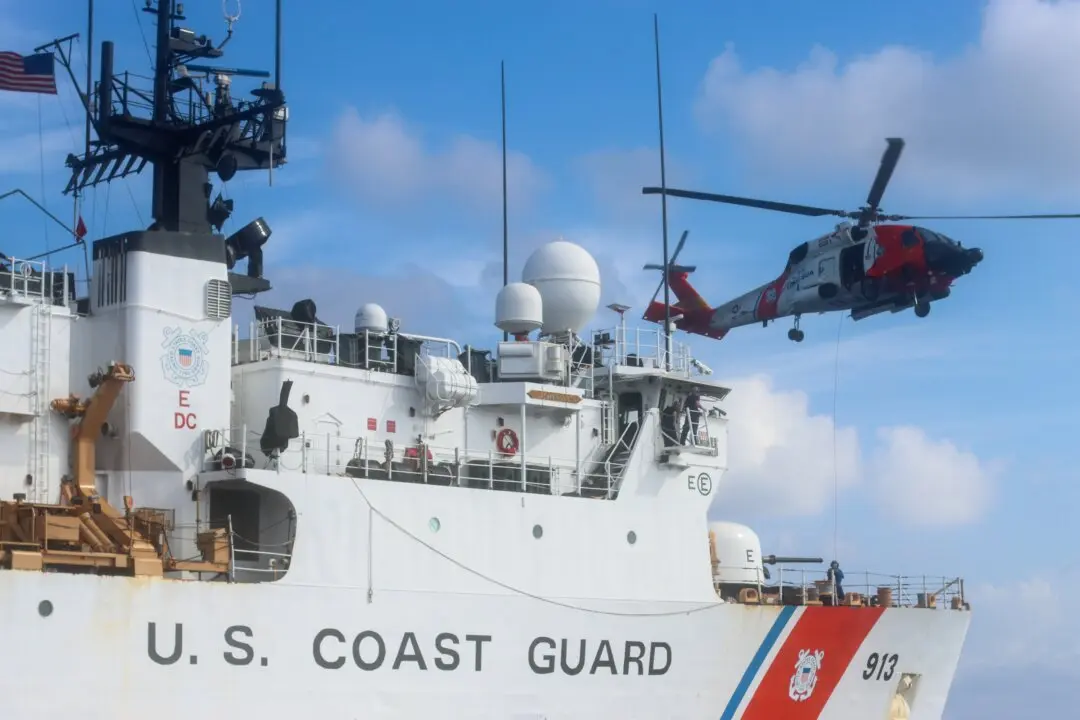A memorial in Iran commemorating the fourth anniversary of the death of Islamic Revolutionary Guard Corps Quds Force (IRGC-QF) commander Qassem Soleimani was rocked by a pair of explosions that killed dozens of people.
Iranian Health Minister Bahram Eynollahi told state television that the death toll now stands at 95, a downward revision after Iranian state-run media outlets reported on Jan. 3 that as many as 103 people were killed in the pair of blasts. Mr. Eynollahi said up to 211 others were injured in the explosions, which occurred near the tomb of the deceased general in the southeastern Iranian city of Kerman on Jan. 3.





